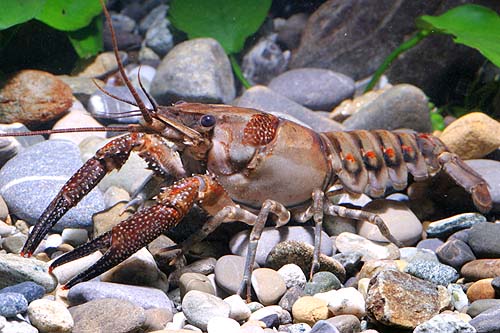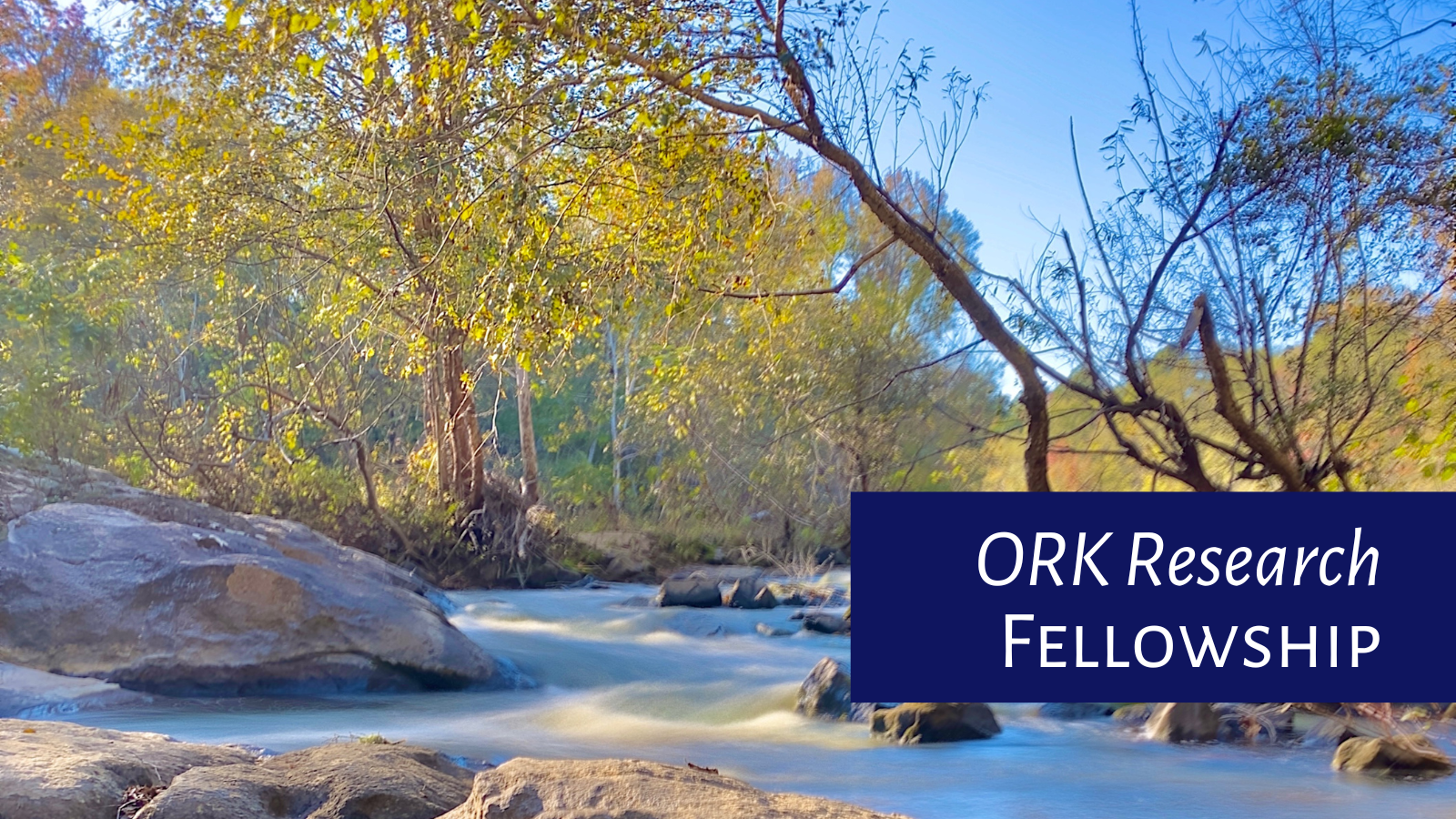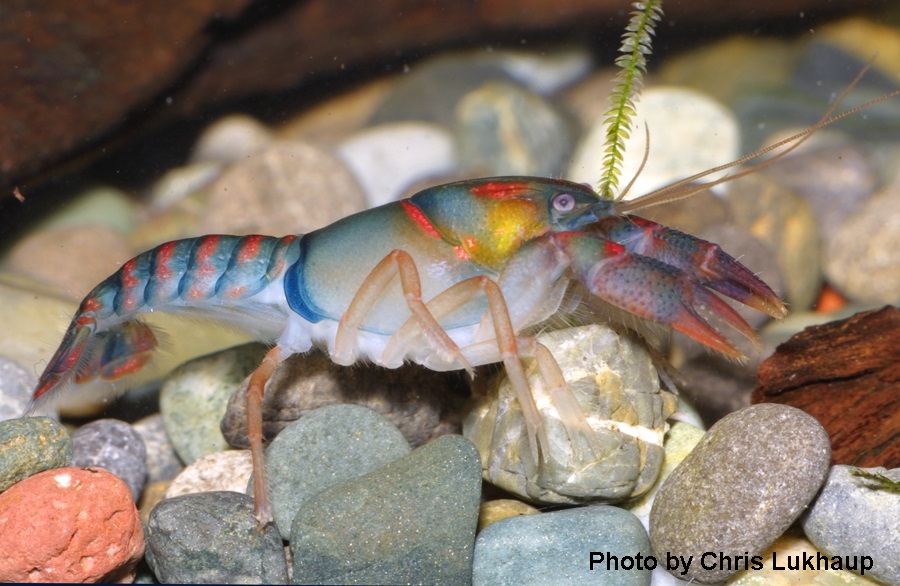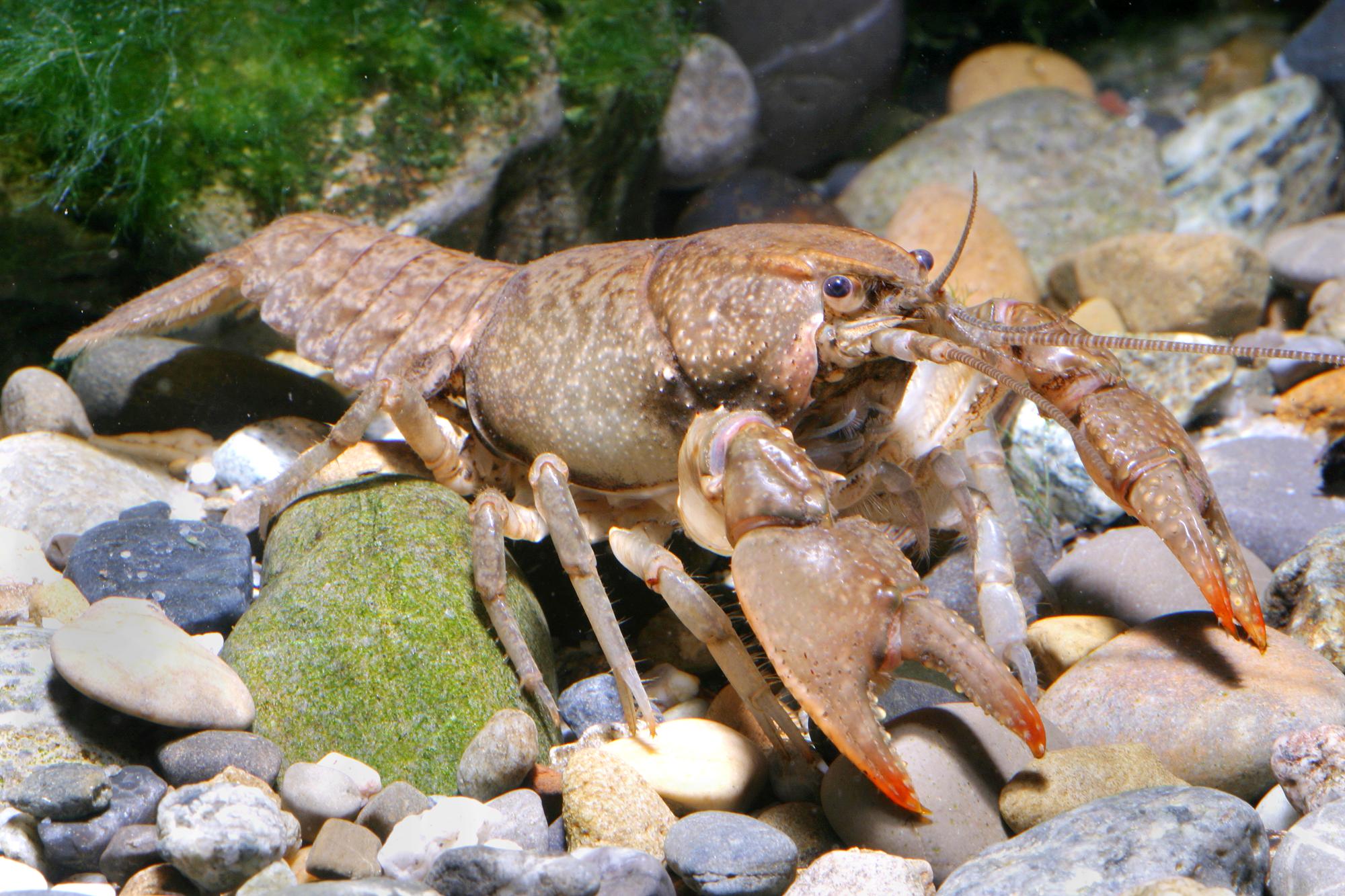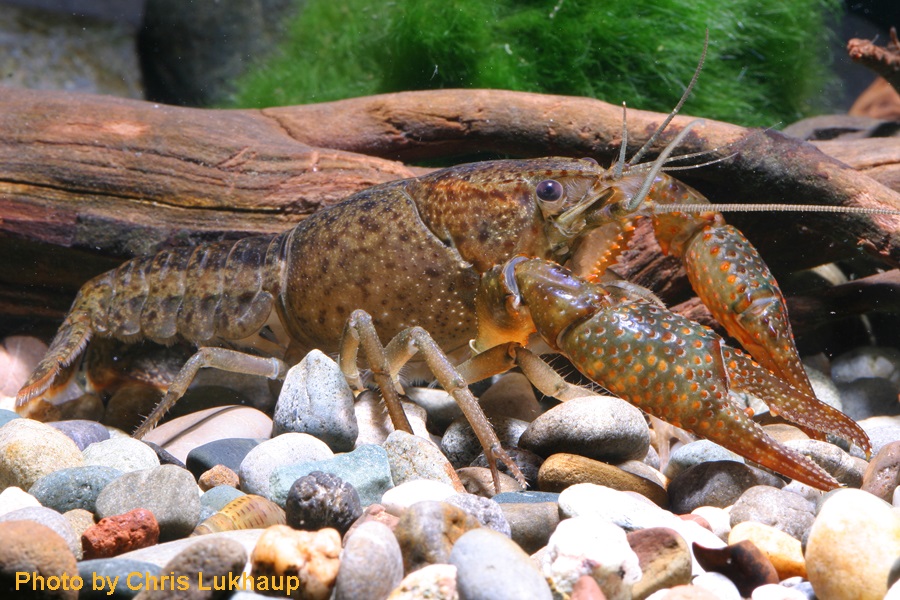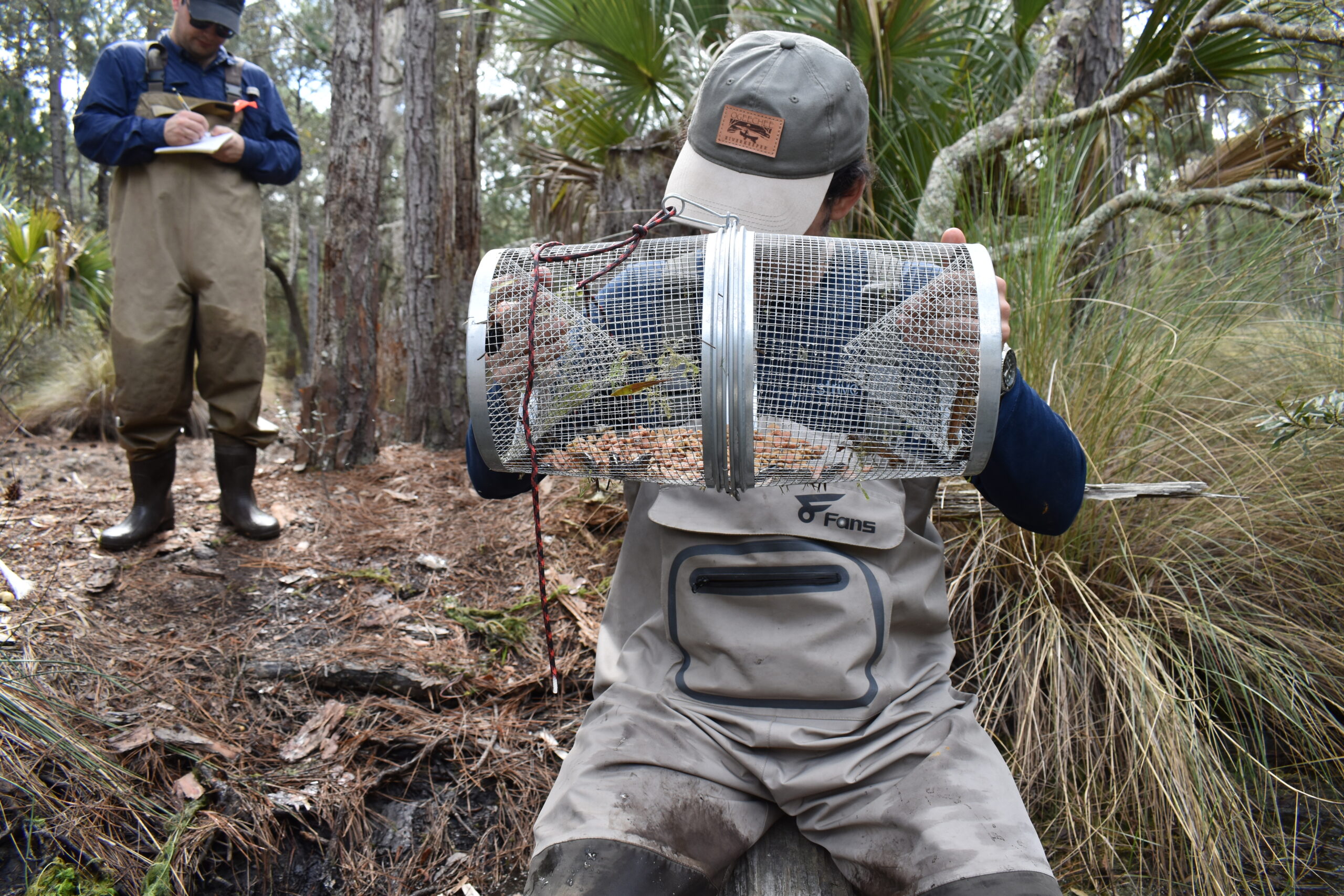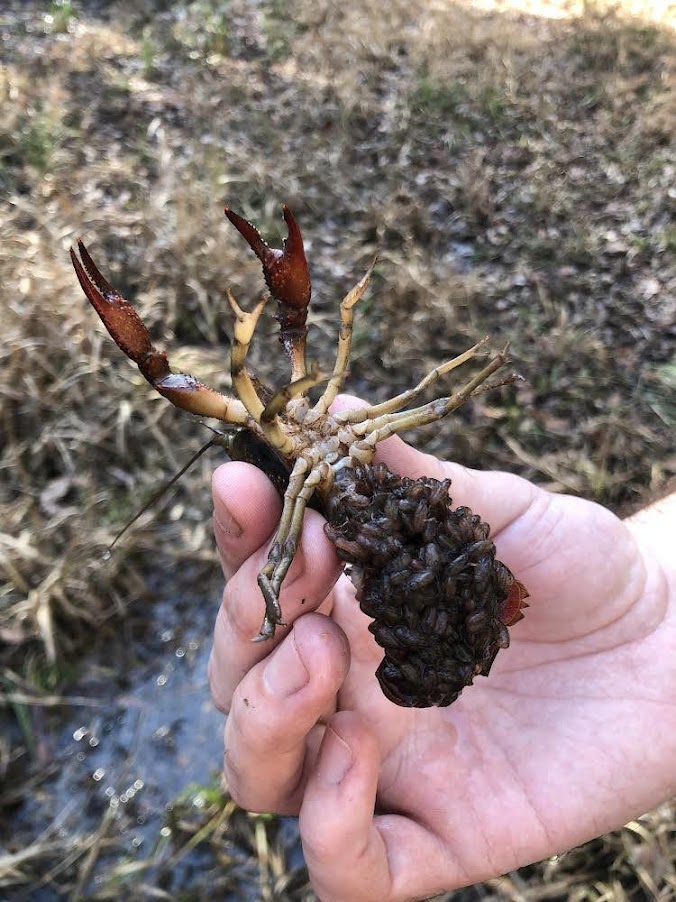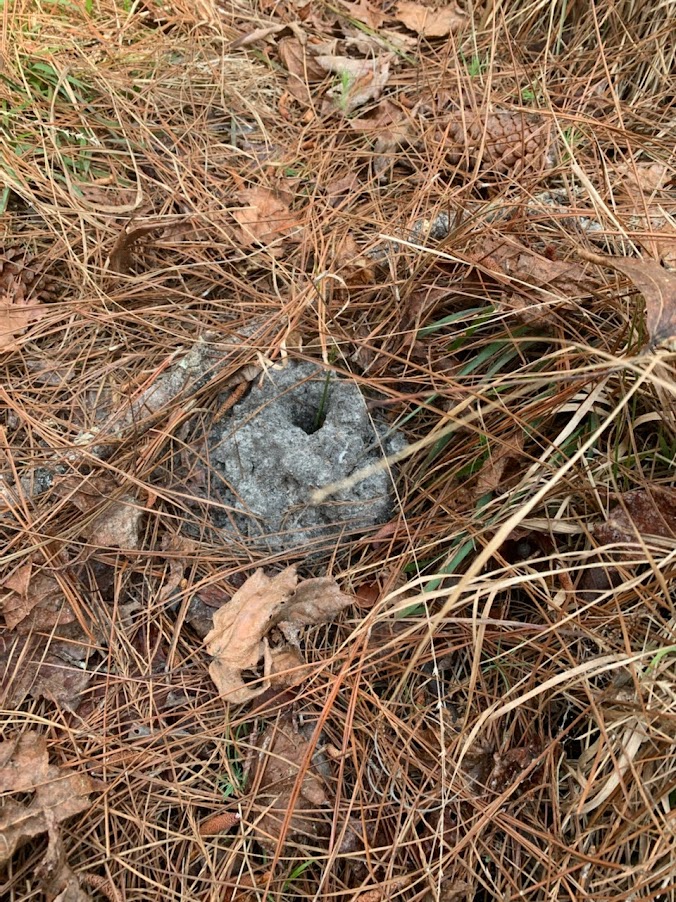11/15/2022
Ogeechee Riverkeeper
Contact: Meaghan Gerard
Communications and Administrative Director
meaghan@ogeecheeriverkeeper.org
NEW RESEARCH FELLOW AT OGEECHEE RIVERKEEPER PLANS YEAR-LONG MONITORING PROJECT
The annual ORK fellowship provides research opportunities in the watershed
The 2023 ORK Research Fellow is Molly McKean, a graduate student at Georgia Southern University (Statesboro campus), pursuing a master’s degree in biology. She works in the lab of Dr. Checo Colón-Gaud. She worked as a research assistant under a National Science Foundation Research Experience for post-baccalaureate grant for a year prior to joining the master’s program in August 2022.
McKeon will conduct a year-long monitoring project focused on an upstream site at Rocky Ford, a site at the soon-to-be closed textile plant, and a site where Black Creek meets the Ogeechee River downstream of the new EV plant development. “Monitoring these sites particularly will help contrast and compare how the upstream site will compare with these two downstream sites and the health of the river,” McKeon says.
McKeon is a first-generation college student from the Metro Detroit area in Michigan. She started out her higher education journey slightly later in life. She first started attending community college courses, as well as working full time, in 2017. Her bachelor of science degree in biological science, with a minor in environmental science, was earned in August of 2021 from Wayne State University. While there, she worked with Dr. Donna Kashian in her aquatic ecology and ecotoxicology lab.
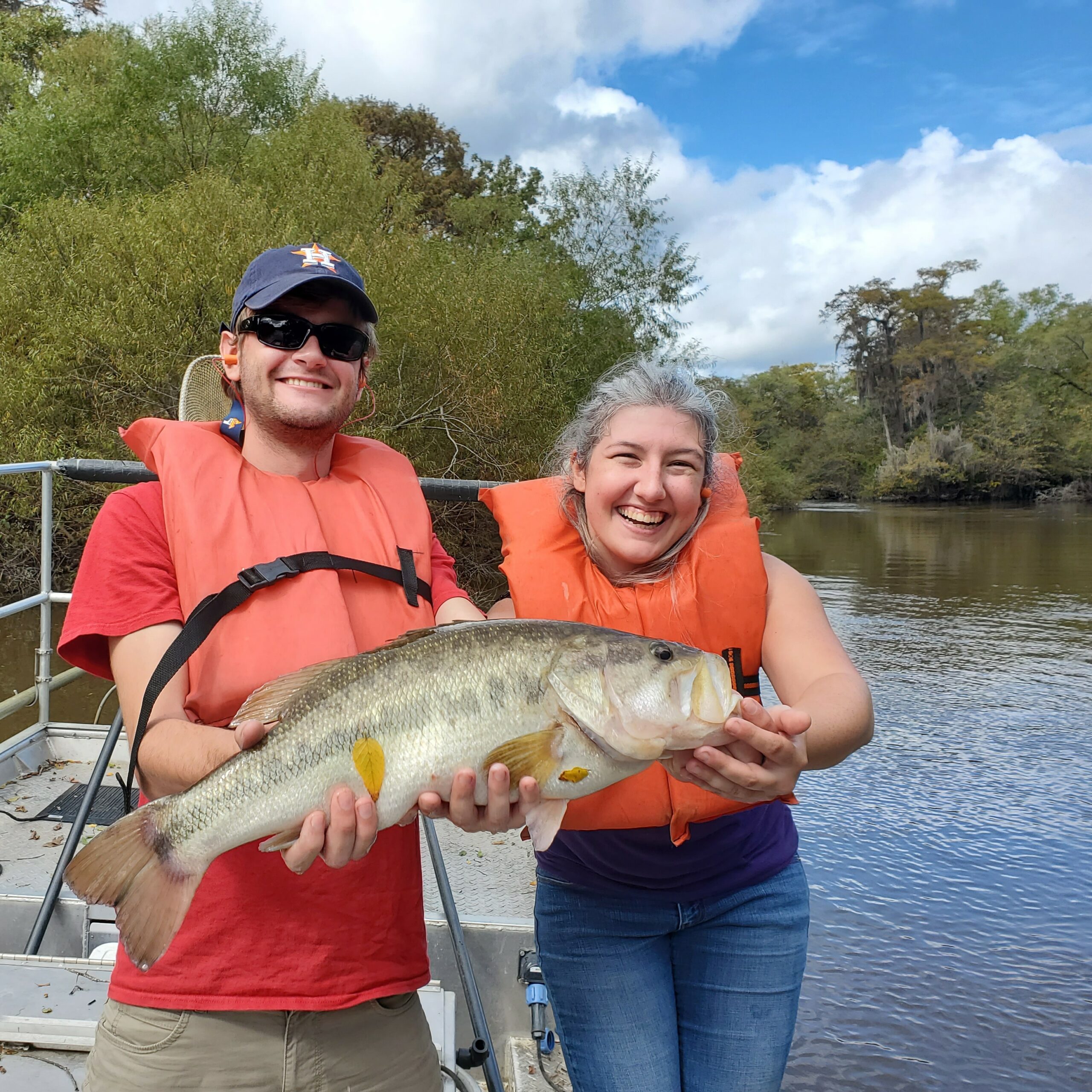
McKeon has participated in the National Science Foundation’s Instars and Emerge programs for underrepresented students and early career fellows in STEM fields. She has a passion for urban community aquatic ecology and taxonomy work.
Ogeechee Riverkeeper (ORK) created a year-long research fellowship in 2022. The fellowship is underwritten by investments secured from the 2011 fish kill settlement.
About Ogeechee Riverkeeper: Ogeechee Riverkeeper 501(c)(3) works to protect, preserve, and improve the water quality of the Ogeechee River basin, which includes all of the streams flowing out to Ossabaw Sound and St. Catherine’s Sound. The Canoochee River is about 108 miles long and the Ogeechee River itself is approximately 245 miles long. The Ogeechee River system drains more than 5,500 square miles across 21 counties in Georgia. More at ogeecheeriverkeeper.org.
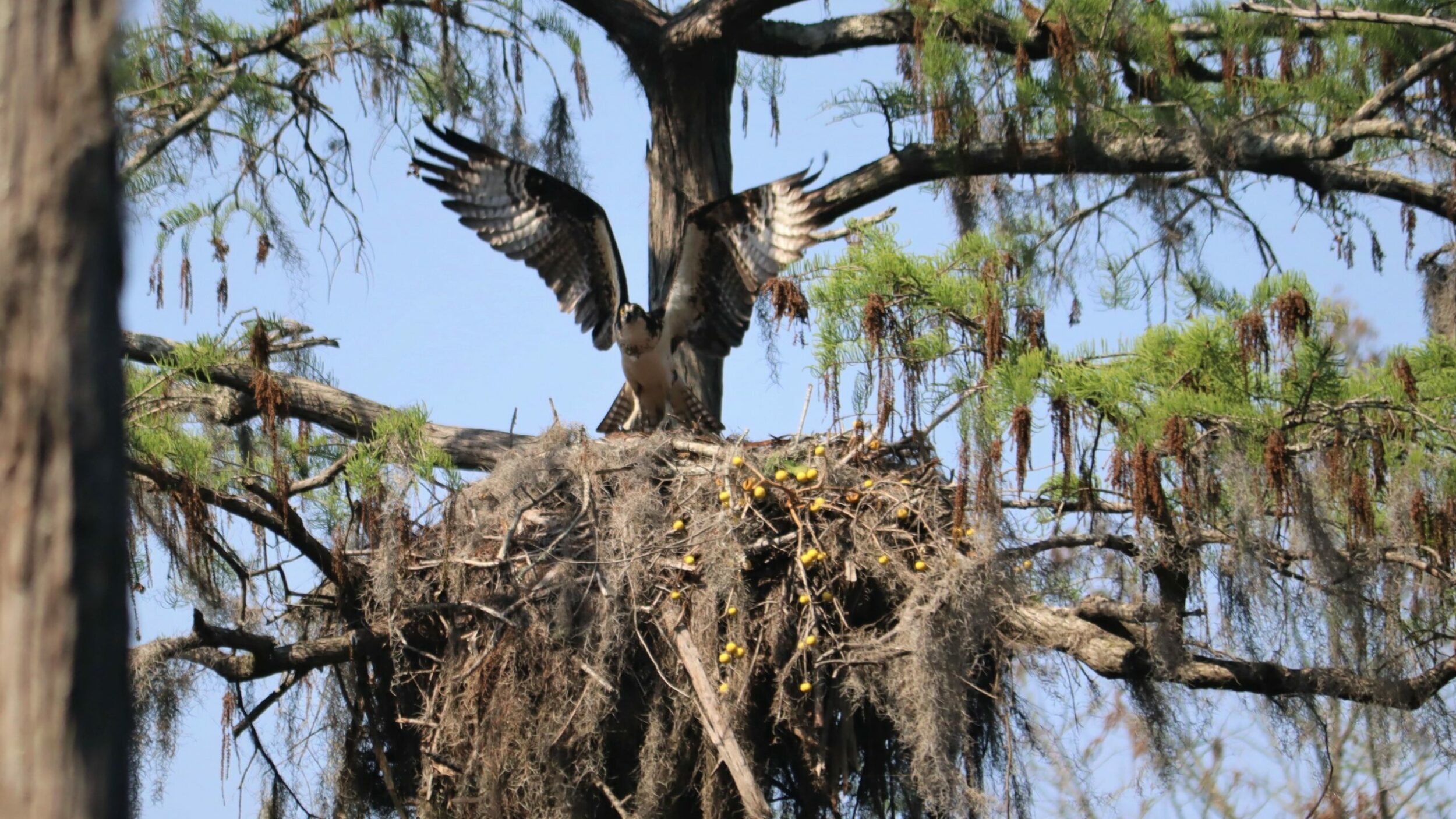
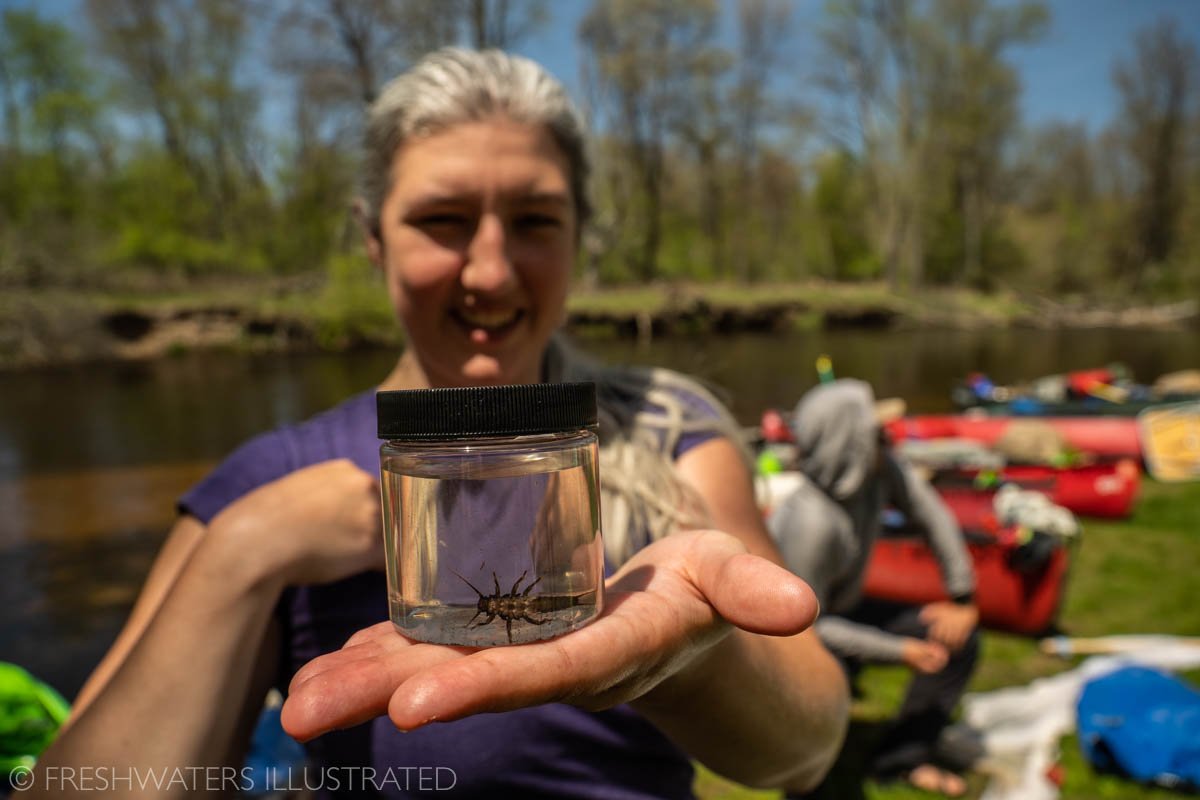
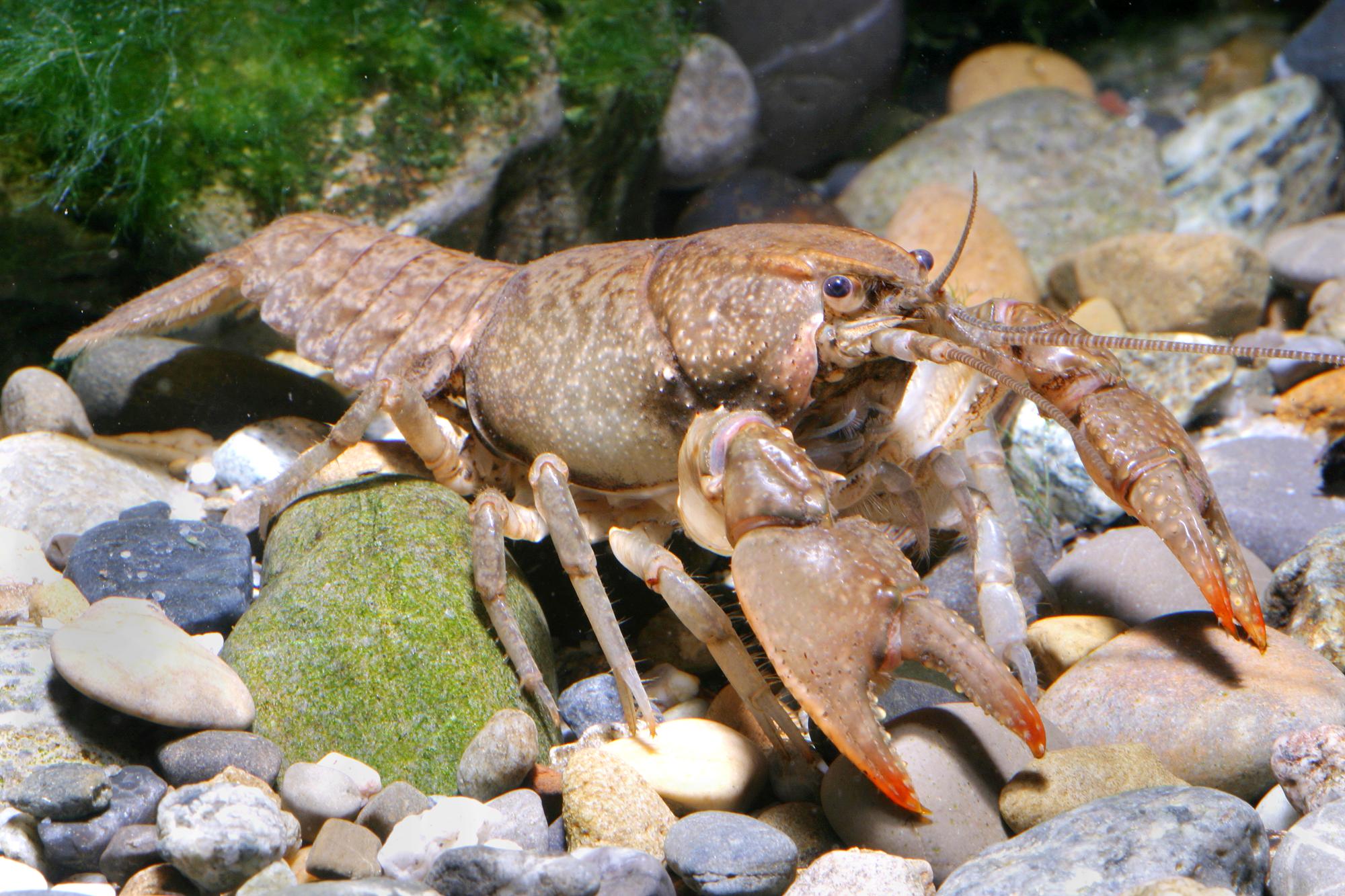
 I am Valeria Ensenat Rivera, an undergraduate researcher in the freshwater lab at Georgia Southern University and I am studying population genetics of crayfish native to south Georgia. Crayfish are also known as crawfish or crawdads, and they are invertebrate crustaceans that spend their lives at the bottom of lakes, rivers, and streams, eating just about anything they can get their claws on. Crayfish are also a vital part of the food web providing a tasty snack for birds, raccoons, fish, otters, and are delicious in a low country boil.
I am Valeria Ensenat Rivera, an undergraduate researcher in the freshwater lab at Georgia Southern University and I am studying population genetics of crayfish native to south Georgia. Crayfish are also known as crawfish or crawdads, and they are invertebrate crustaceans that spend their lives at the bottom of lakes, rivers, and streams, eating just about anything they can get their claws on. Crayfish are also a vital part of the food web providing a tasty snack for birds, raccoons, fish, otters, and are delicious in a low country boil. 